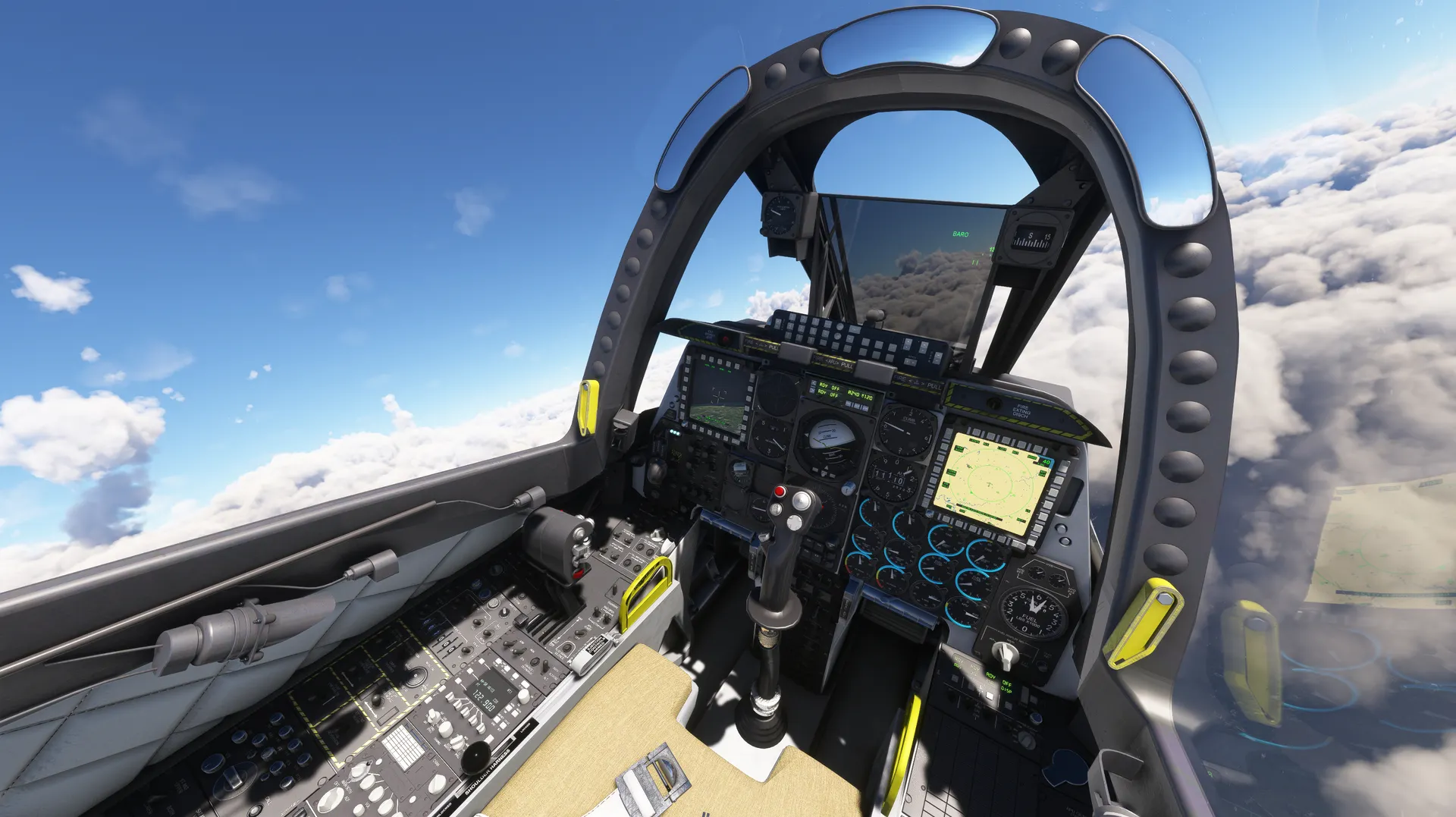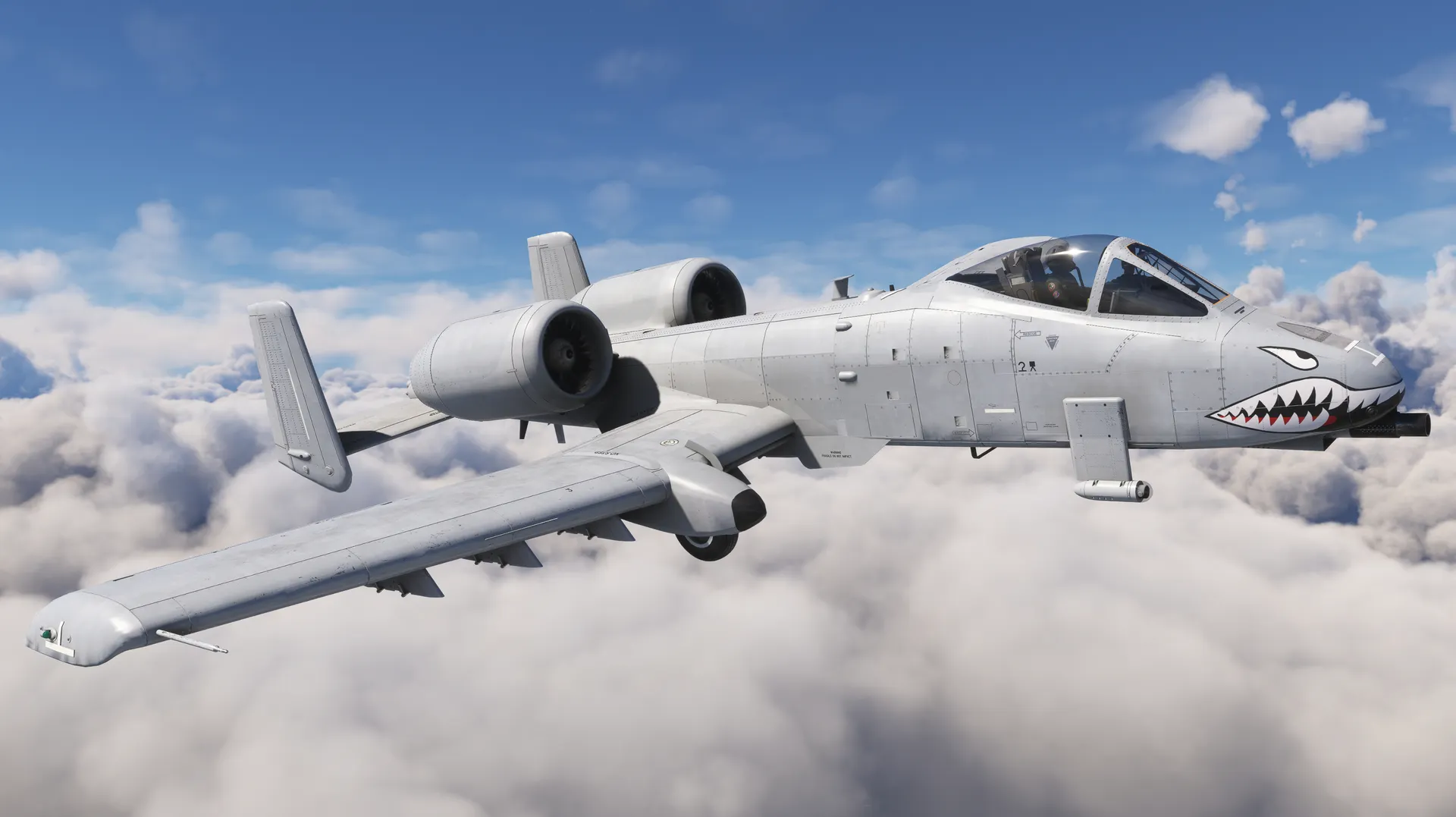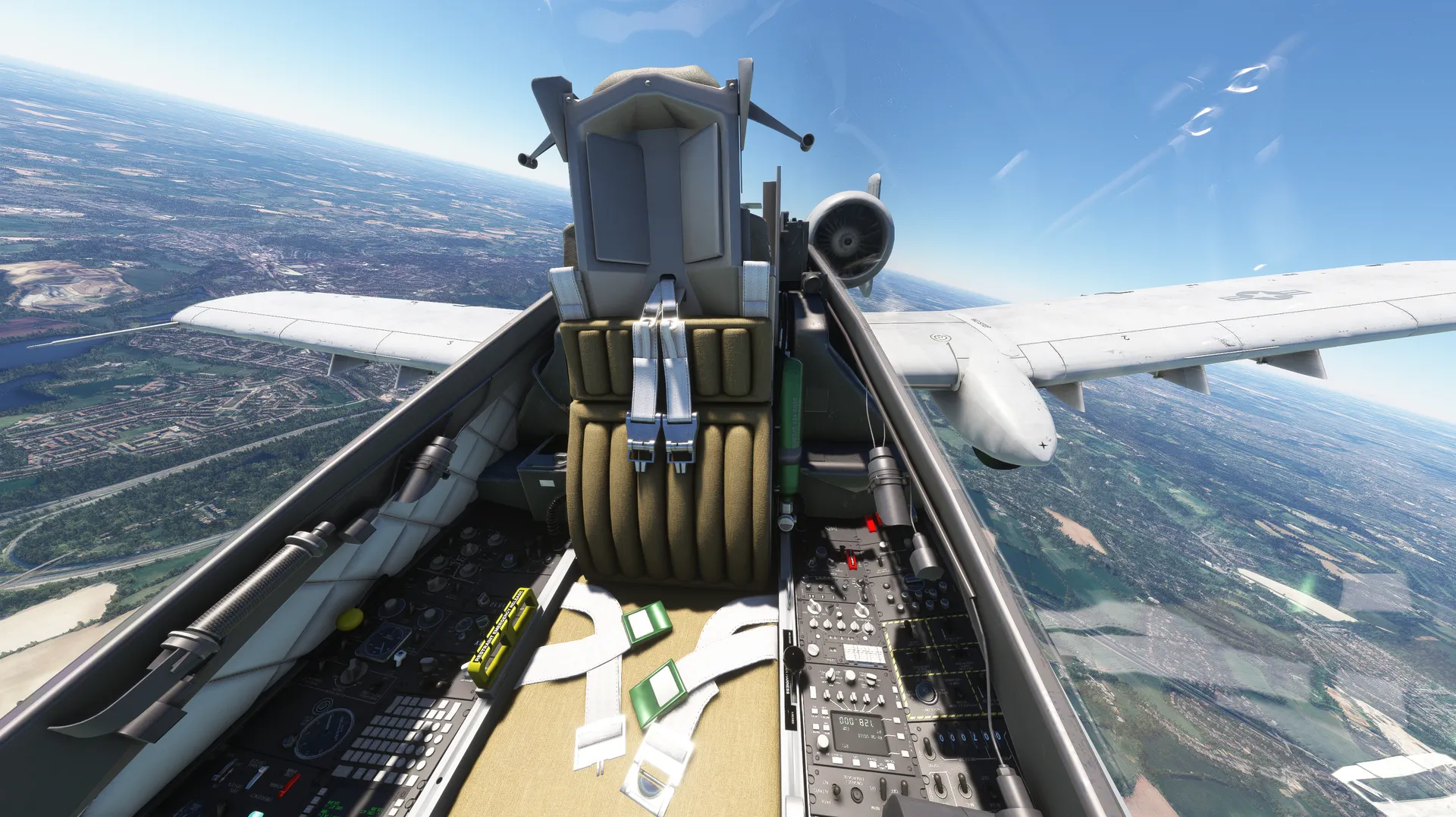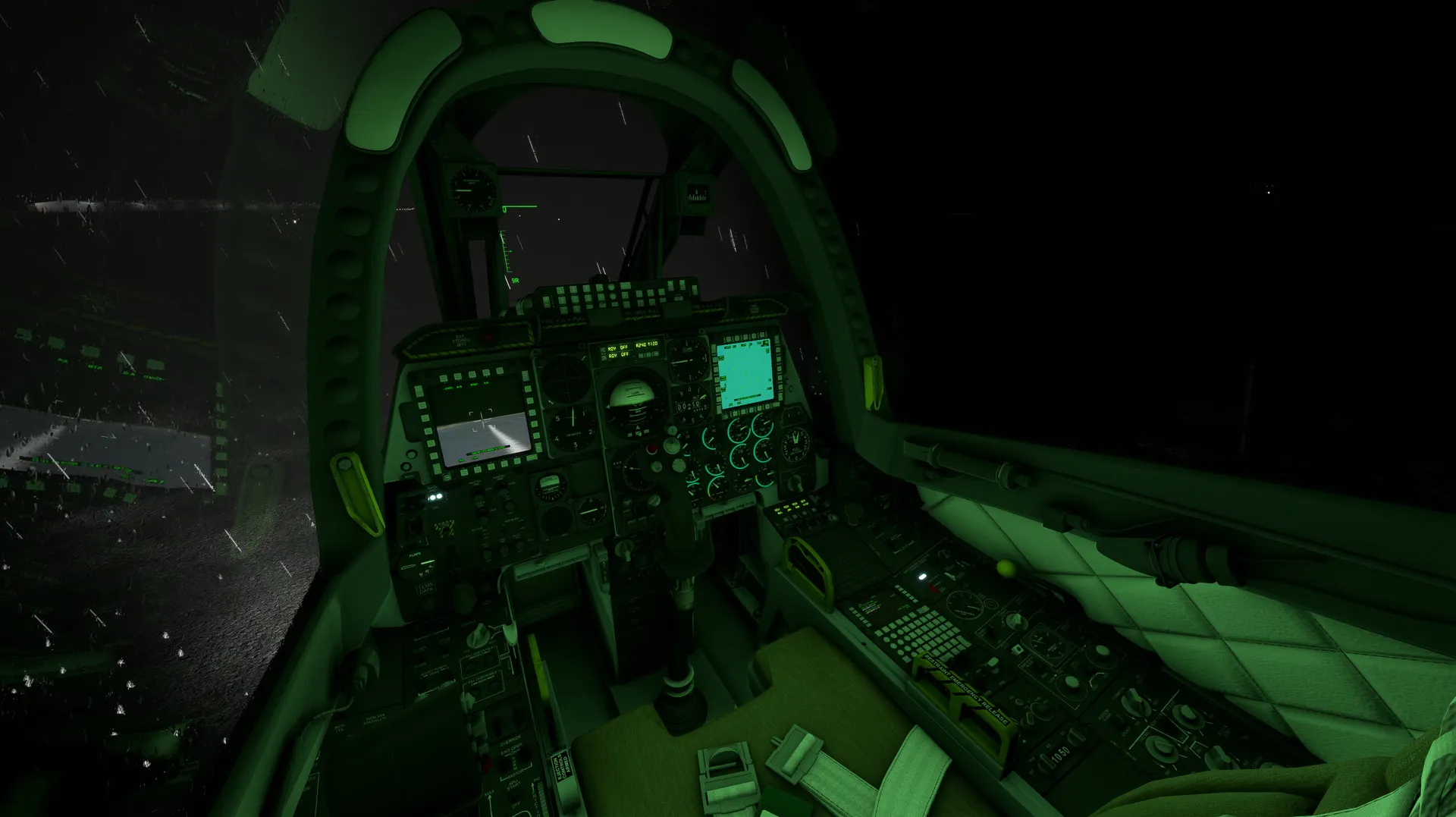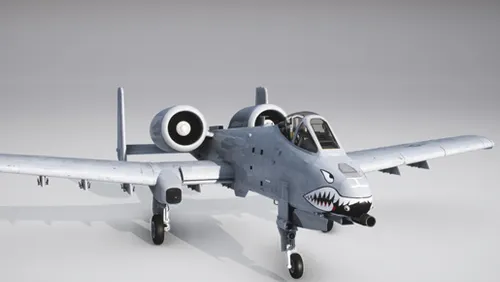The A-10C Thunderbolt II is an American single-seat, twin-engine, multi-role combat jet aircraft functionally oriented toward air-to-surface attack missions. The jet is operated exclusively by three components of the United States military: the Air Force, the Air Force Reserve, and the Air National Guard. The A-10C is an upgraded variant of the initial production version of the A-10, the A-10A. The prototype of the A-10A took its maiden flight on May 10, 1972 and was first delivered in October of 1975. The A-10C first flew on January 20, 2005 and deliveries commenced in 2006. The A-10C made its combat debut in 2007 during Operation Iraqi Freedom.
The A-10 program began in the early 1970s with a United States Air Force initiative to procure a robust combat aircraft focused on surface attack roles, both terrestrial and maritime. The mission outlook included close air support, attack, light bombing, armed reconnaissance, strike, forward air control (airborne), and others. Aerospace company Fairchild Republic created an aircraft that was highly survivable, versatile, maneuverable at low speeds, and could loiter for long periods of time. The prototype, the YA-10, took its first flight on May 10, 1972, and the Air Force selected it on January 18, 1973. It was Named Thunderbolt II after the venerable P-47 Thunderbolt, an aircraft renowned for its air-ground attack prowess during World War II. The A-10A entered service in October of 1977.
The A-10 airframe features a low-mounted polyhedral main wing optimized for short take-off and landing, high maneuverability at slow speeds, and stability during attack runs. It has retractable tricycle landing gear and an empennage consisting of a single horizontal stabilizer and two vertical stabilizers. Its twin turbofan engines are mounted high on the aircraft’s rear fuselage to mitigate FOD (foreign object debris) ingestion during operation out of austere and unimproved airfields. The aircraft has a high-visibility ballistic canopy, and the cockpit is protected by titanium armor. It uses double-redundant hydraulic systems, and if these fail, the pilot can operate the airplane in manual reversion mode with mechanical linkages. The A-10’s main landing gear wheels do not retract fully, allowing landings if the pilot is unable to extend the gear. It can operate on one engine and with significant portions of the empennage and main wing missing.
The A-10 was engineered around the powerful General Electric GAU-8 Avenger 30mm high-speed rotary cannon that is lethal to armored and unarmored targets, and has eleven hardpoints to carry a targeting pod, bombs, rocket pods, missiles, and external fuel tanks and other equipment. Although officially Named the Thunderbolt II, pilots and ground crew dubbed it the “Hawg” due to its stout form; it is commonly called the “Warthog” or just the “Hog.”
The C variant is a modernization of the original production A-10A, with all A models converted to C models from 2005 to 2012. Upgrades included improved communications capabilities, improved avionics and flight controls, more robust weapons control systems, and the ability to operate in all-weather conditions.
The A-10C has participated in numerous combat operations since its introduction in 2006. It is renowned for the missions of close air support, combat search and rescue, strike coordination and reconnaissance, armed reconnaissance, general attack, show-of-force, ISR (intelligence, surveillance, and reconnaissance) data collections, light bombing, forward air control (airborne), and strike.
The A-10C measures 53 feet, 4 inches in length, stands 14 feet, 8 inches tall, and has a wingspan of 57 feet, 6 inches. It is powered by two General Electric TF34-GE-100 turbofan engines that each generate up to 9,065 pounds of thrust. It has a maximum range of 2,580 miles, a typical range of 800 miles, a service ceiling of 45,000 feet above sea level, and it climbs at 6,000 feet per minute. It has a stall speed of 138 miles per hour, a cruise speed of 340 mph, and a top speed of 439 mph.
